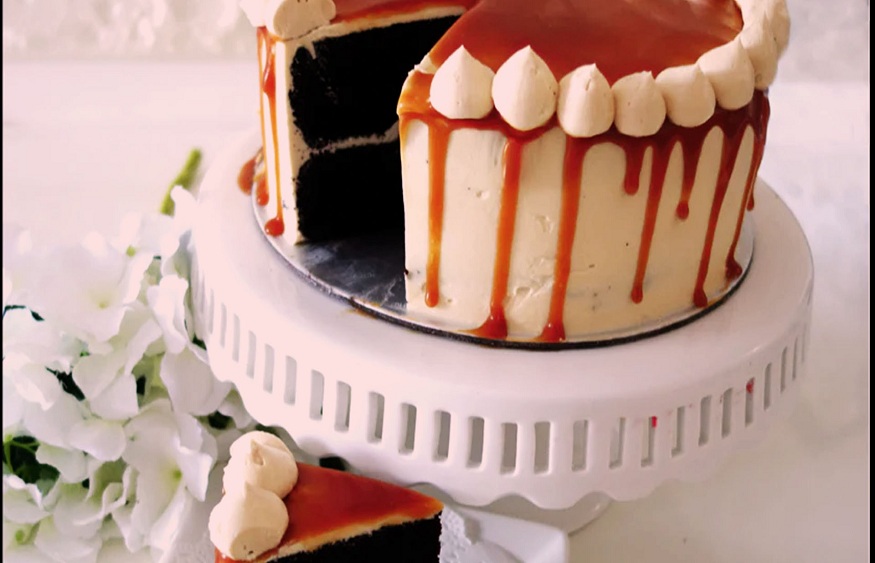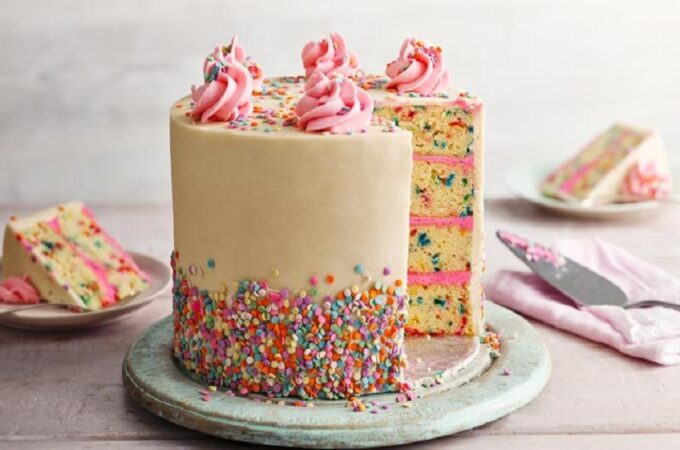
Rookie Mistakes When it Comes to Baking Cakes
Even the most accomplished bakers occasionally make errors with cakes. For novice bakers, achieving the ideal texture, shape, and rise of a cake may appear to be an impossibility. In order to dispel some of the mystique surrounding common cake failures, we’ve compiled a list of guidelines that will help you prevent mishaps and gain confidence when baking cakes in Singapore.
Be Cautious With Replacements
It’s not always feasible to substitute ingredients in a cake recipe and obtain the same results. Different kinds of ingredients react differently during the roasting procedure. Unless you have researched alternative ingredients and are willing to experiment with unexpected results, stick to the recipe.
Dairy-free baking is relatively simple, but gluten-free cake baking requires a few modifications to achieve the same delicate, airy texture as wheat flour.
Weigh Your Ingredients
Some chefs enjoy experimenting in the kitchen by adding a dash of this and a sprinkle of that to their preparations. As many aspiring bakers can testify, this manifestation of culinary freedom does not work well when preparing a cake. The culinary craft demands precise measurements and minimal deviation from the original recipe. If you want professional results, you must weigh your culinary ingredients.
Use a portion scale instead of measuring containers to ensure that your ingredients are precise.
Too Much Butter or Too Soft
Using butter at the incorrect temperature is a common error when baking cakes. Many cake recipes require room-temperature butter, which should be soft and yield to pressure without being liquefied and fatty.
Remove the butter from the refrigerator approximately one hour before beginning the recipe, and test the consistency frequently. If the butter yields to pressure too readily and appears liquefied and greasy, it will result in a silky batter that rises too quickly and collapses. Your cake will have large air pockets and a texture that is uneven.
Opened Oven Door Too Much
Refraining from peeking at your cake is extremely difficult, but opening the oven door too soon is a major no-no. Keeping the oven door closed for the first three-quarters of the cooking time is crucial. If you open the oven door during this crucial baking time, frigid air will surge and disrupt the cake’s rise. The swelling mixture may contract and collapse, resulting in a cake with a sunken centre. Wait until the baking time’s completion to evaluate your cake’s doneness.
Excessive Flour
Overly floured cake batter will be dried, brittle, and dense. To avoid this, you should weigh your flour rather than divide it. Using a measuring cup to divide flour can easily result in an overabundance of the ingredient, despite its speed. However, weighing your flour type provides a precise measurement, ensuring a cake particle that is consistent every time.
Allow Cakes to Cool Before Icing
Everyone understands that a cake must be allowed to cool before it can be frosted, but the temptation to complete a dish as swiftly as possible often wins out. If you do not allow the cake to chill adequately, the frosting will melt, leaving you with a dripping mess.
Not correctly chilling cakes can also alter their texture. If you allow the cake to settle for too long in the pan, condensation will accumulate at the bottom and create a sticky texture.


